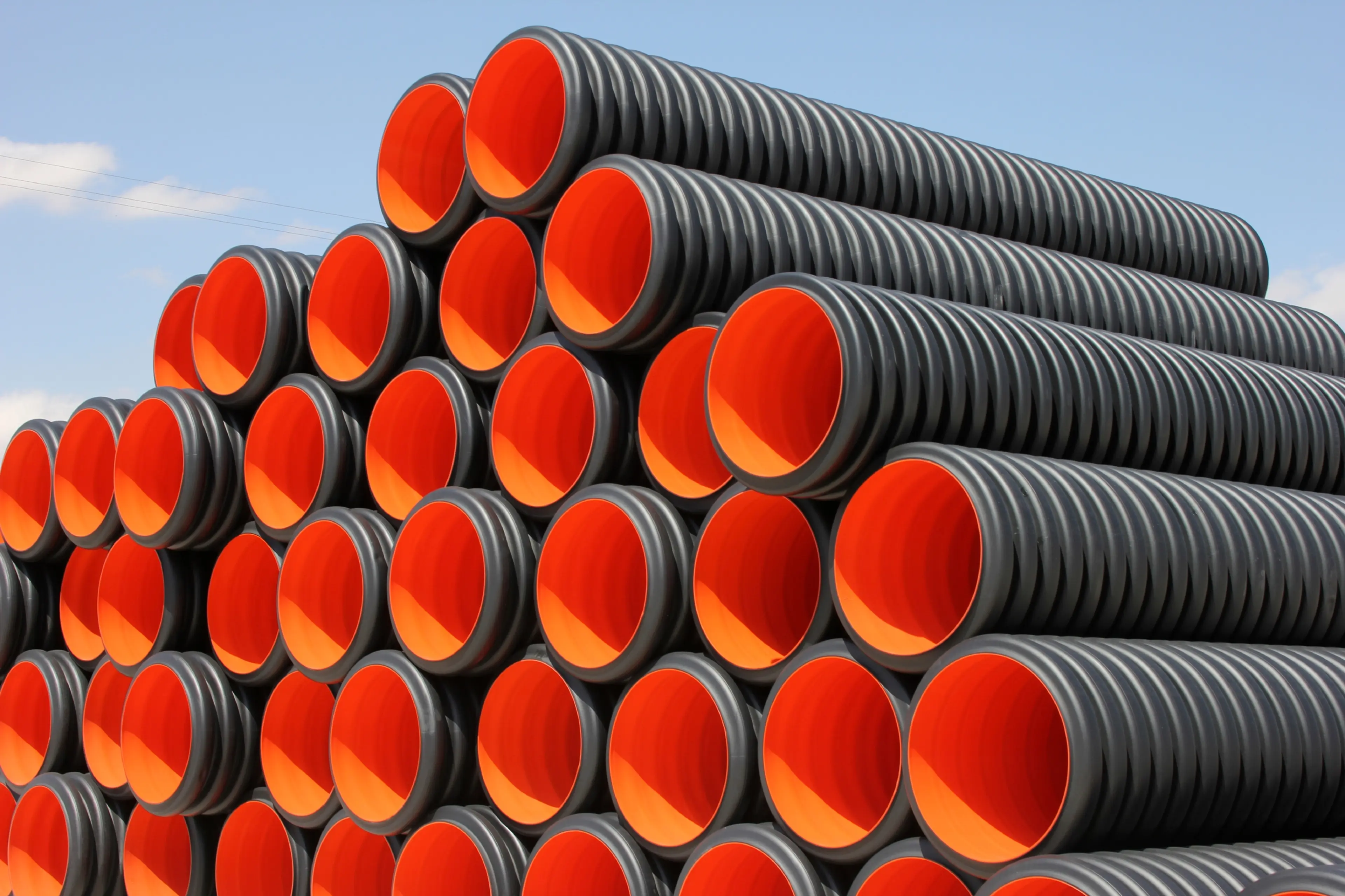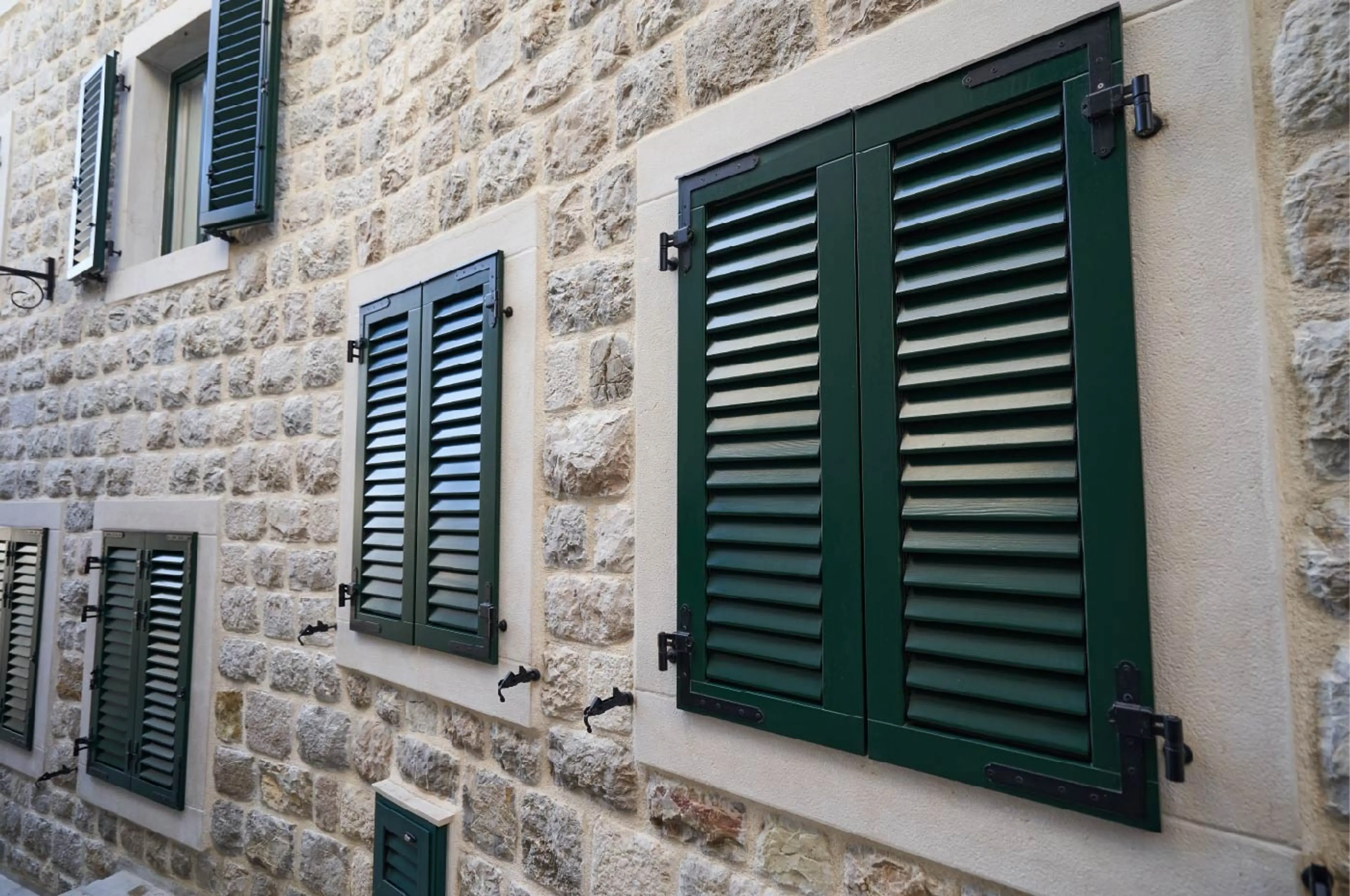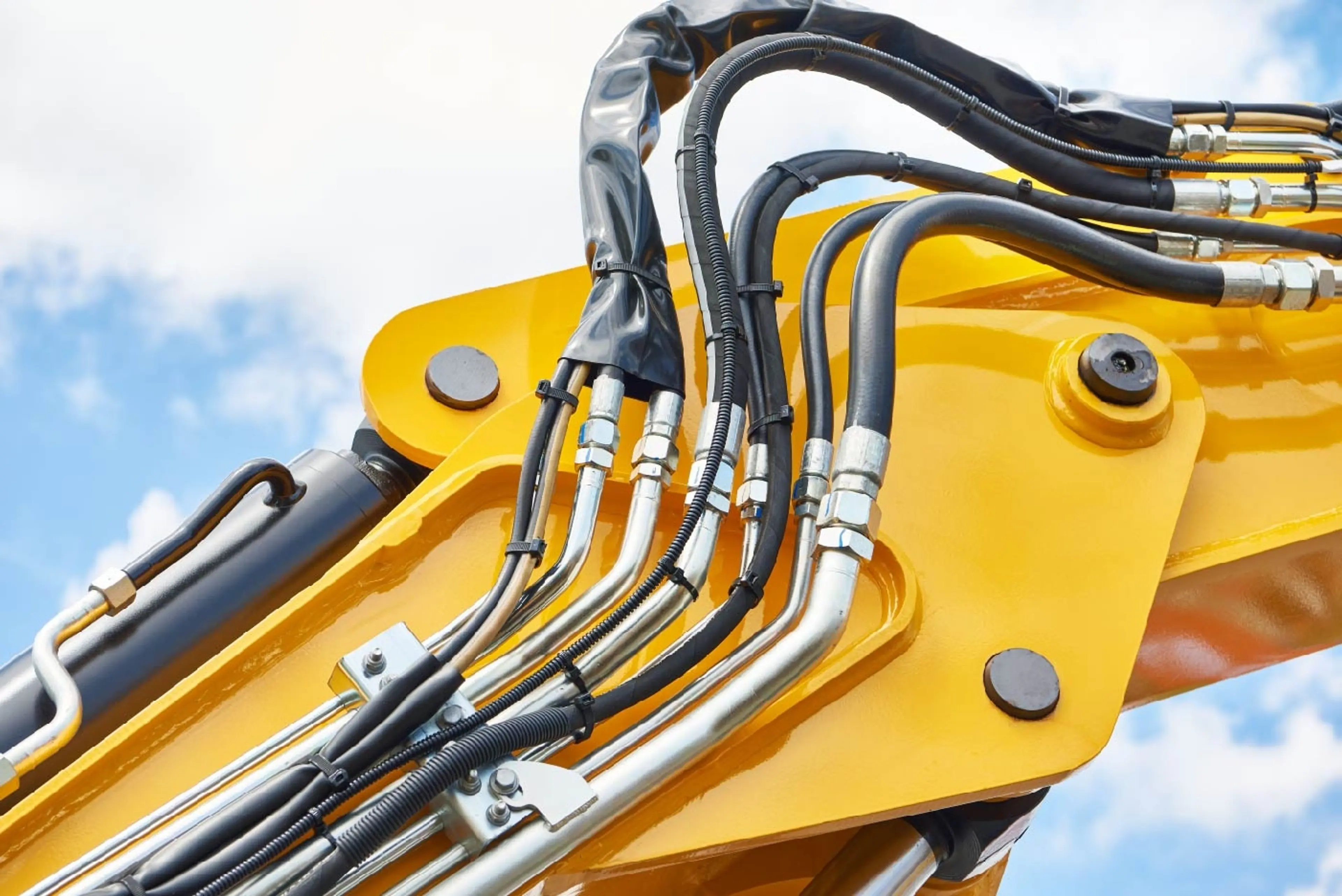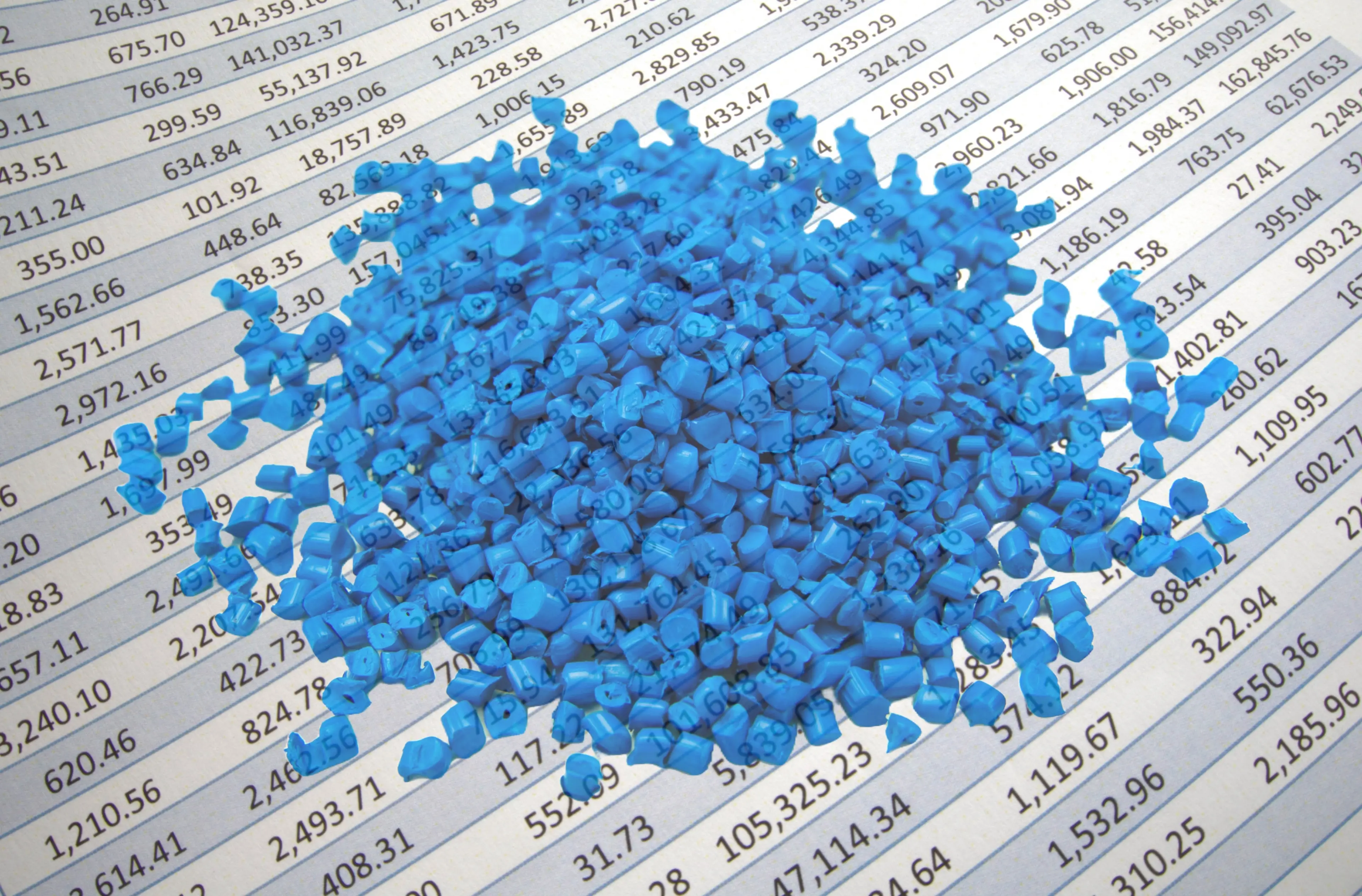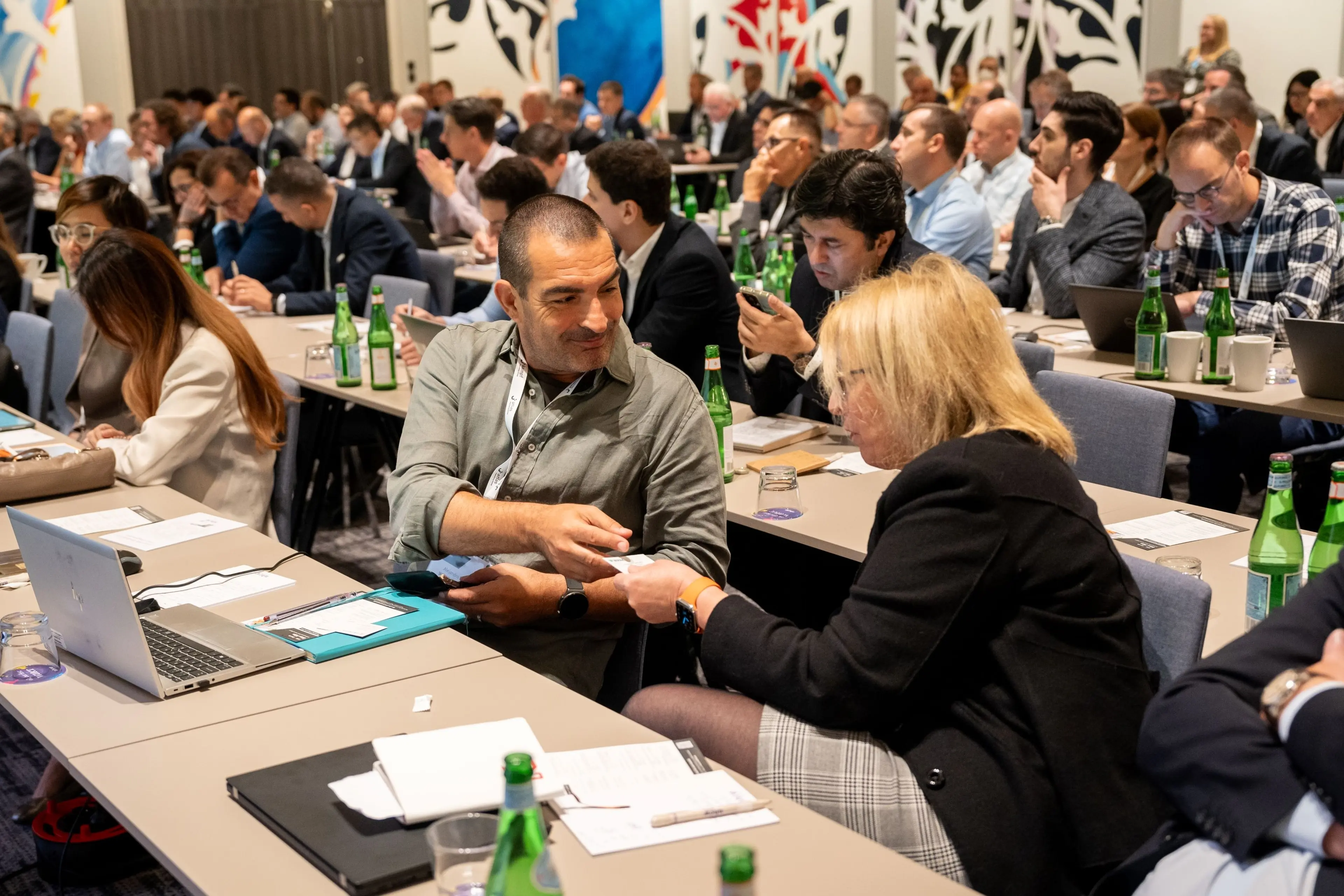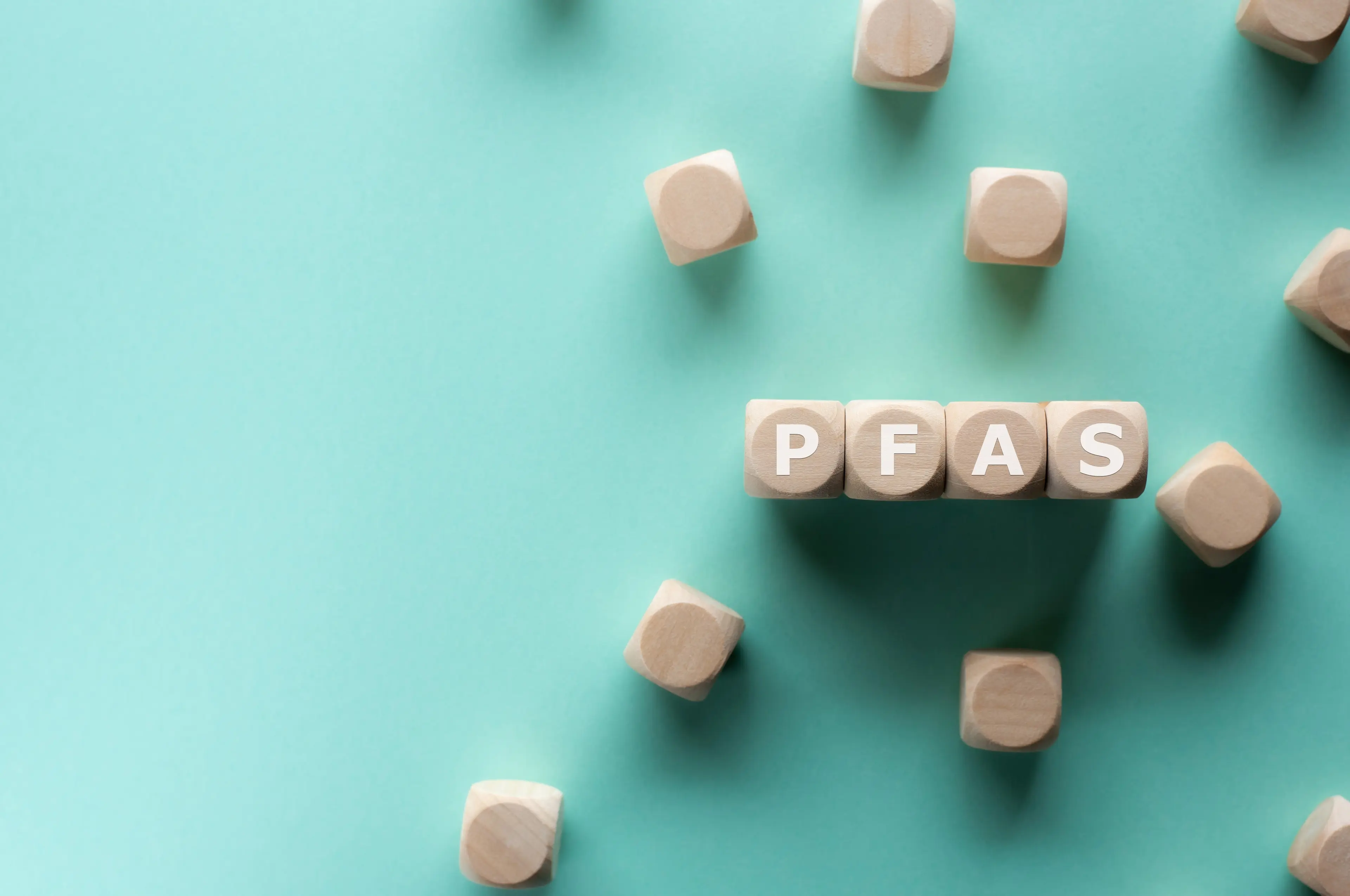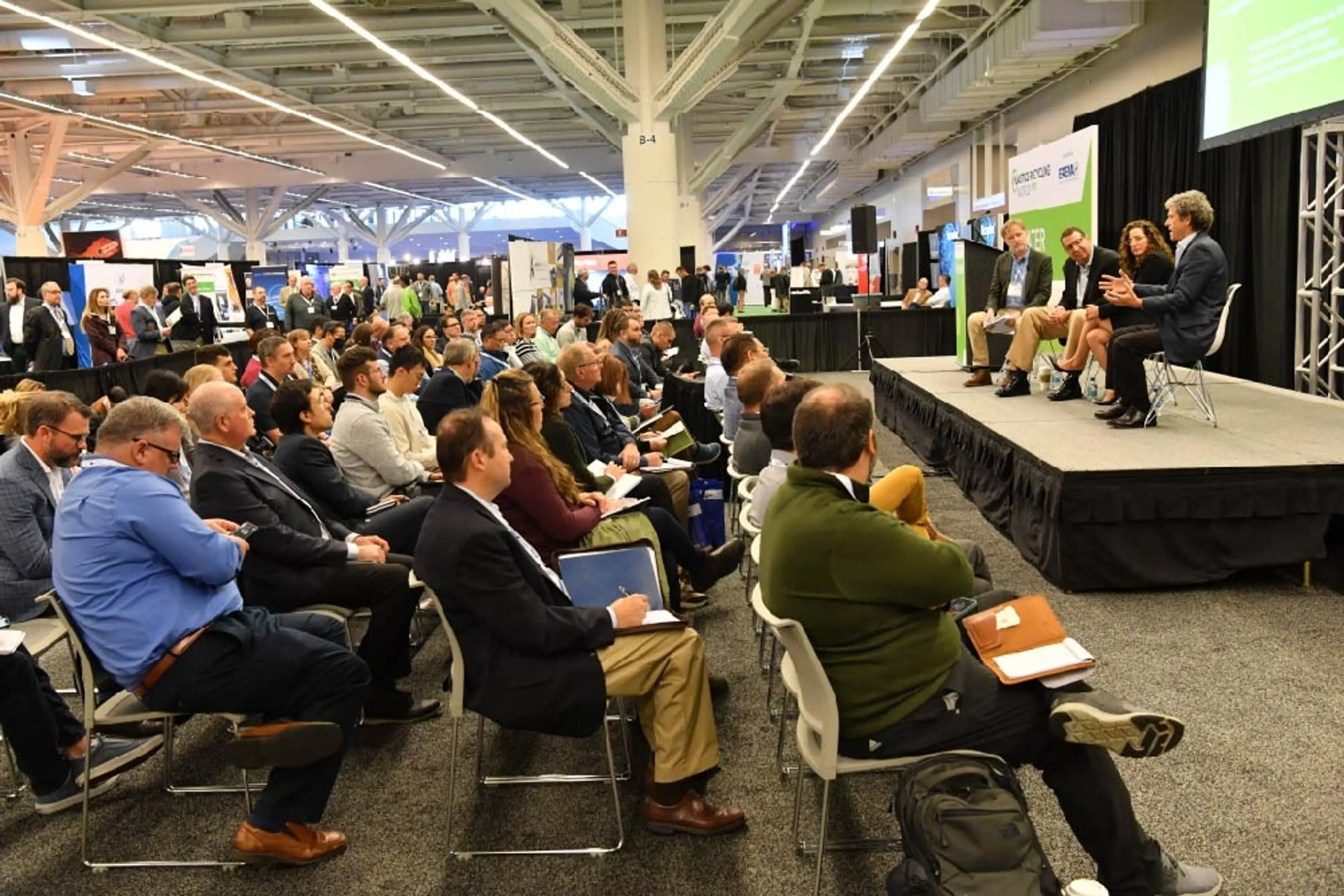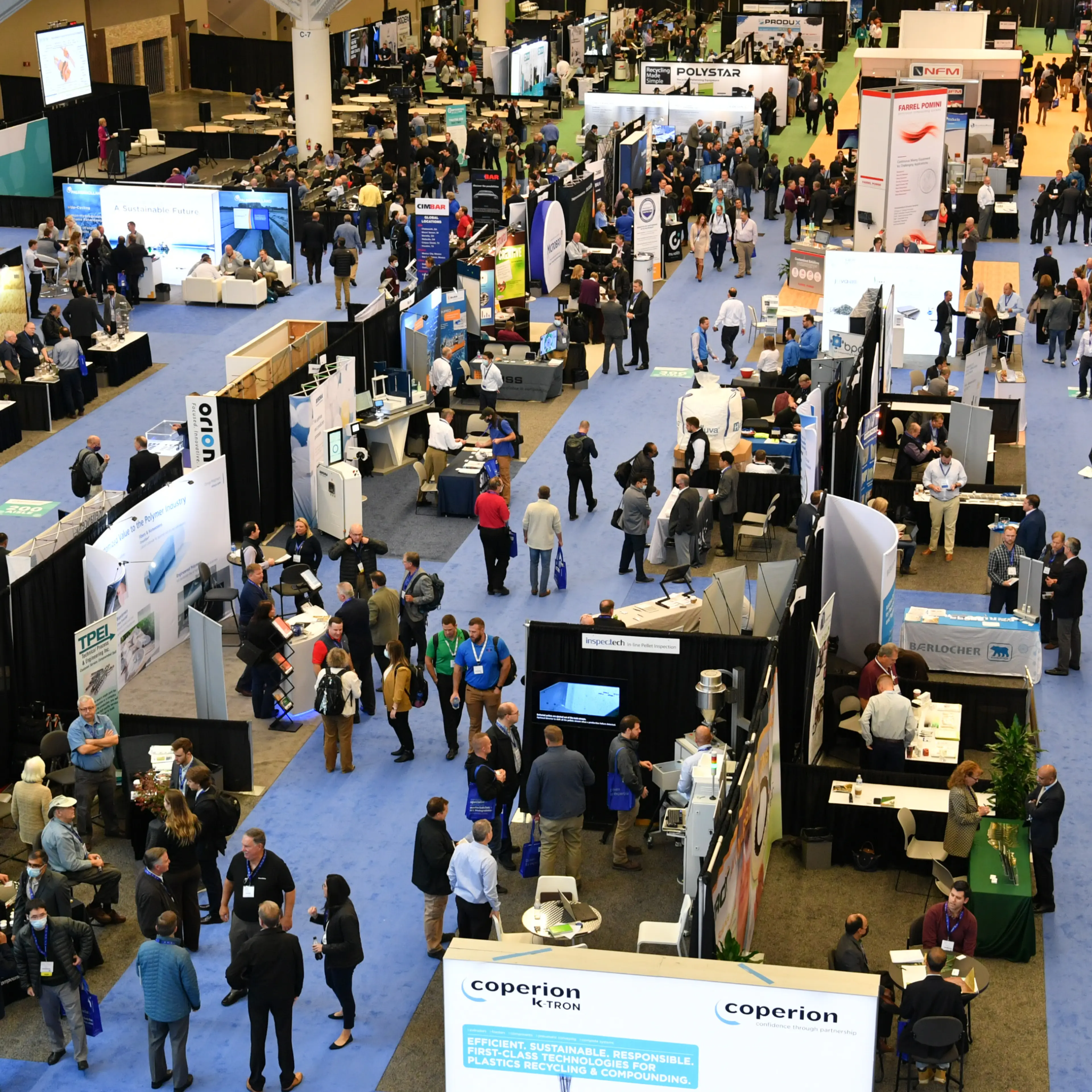
Plastic Hot and Cold Water Pipe Systems European Market
The industry suffered with the COVID-19 pandemic, after huge economic expansion following the recession in 2008. It severely impacted the global economy and with it, the European pipes industry. Resilience is key, alongside the capacity to adapt to new economic circumstances but investment levels on new longer-term projects could decline, negatively impacting additional construction activity and thus, the plastic pipes industry.
The future of the industry is dependent on new standards and regulations, new solutions and inter-material competition trends. Understanding these is key to aligning effort, resource and product, and as a knock on – achieving success.
Report scope
Application segments
- Hot & cold water plumbing pipes
- Radiator connection pipes
- Underfloor and related climate control systems
- District heating and cooling pipes
The demand for fittings and accessories is also quantified, as an additional ‘application’.
Materials scope
The study covers the demand for pipes made of the following materials:
- PEX
- PPr (including PPrct)
- PB1
- PVCc
- PErt
- Multilayer-M systems
In addition, the pipe demand analysis includes copper and steel-based systems for market comparison.
Data points
The study provides demand data for 2016, 2019, 2020, 2021, 2022, and 2026. It was published in August 2022.
Require updated data? We can design customised market reports that meet your exact needs.

Geographical scope
For the purpose of this report, Europe is defined as the European Union (27 countries), as well as Iceland, Norway, Switzerland, and the UK.
To enable meaningful analysis, the 31 countries were divided among France, Germany, Italy, UK, Benelux, Nordic countries, Spain, Poland, Other occidental countries (OOC), and Other Central and Eastern European countries (OCEE).
Enquire now
To receive the report proposal, sample pages and more information, contact us today.

Related market intelligence
Magazine Market Report 
Market Report 